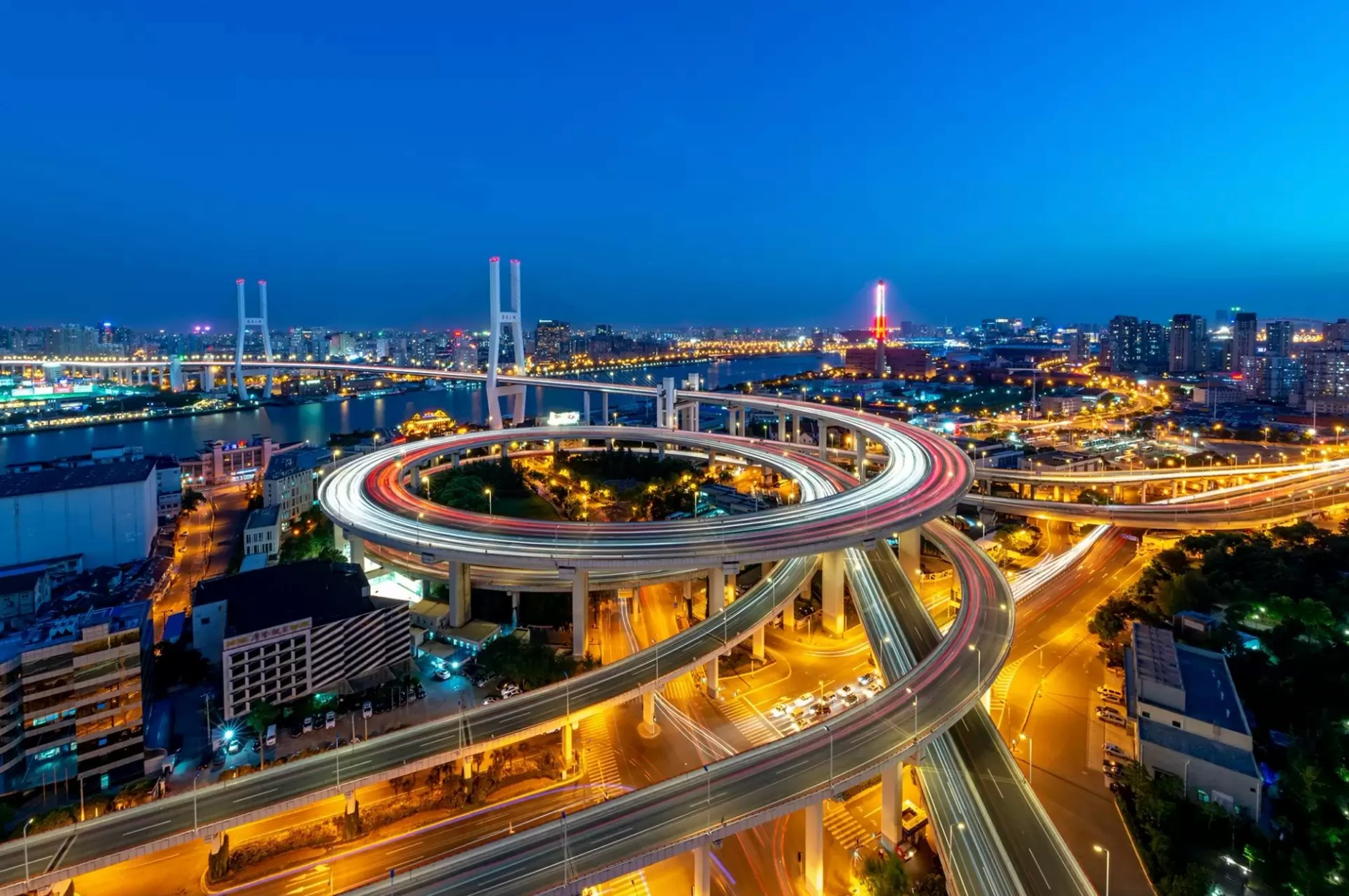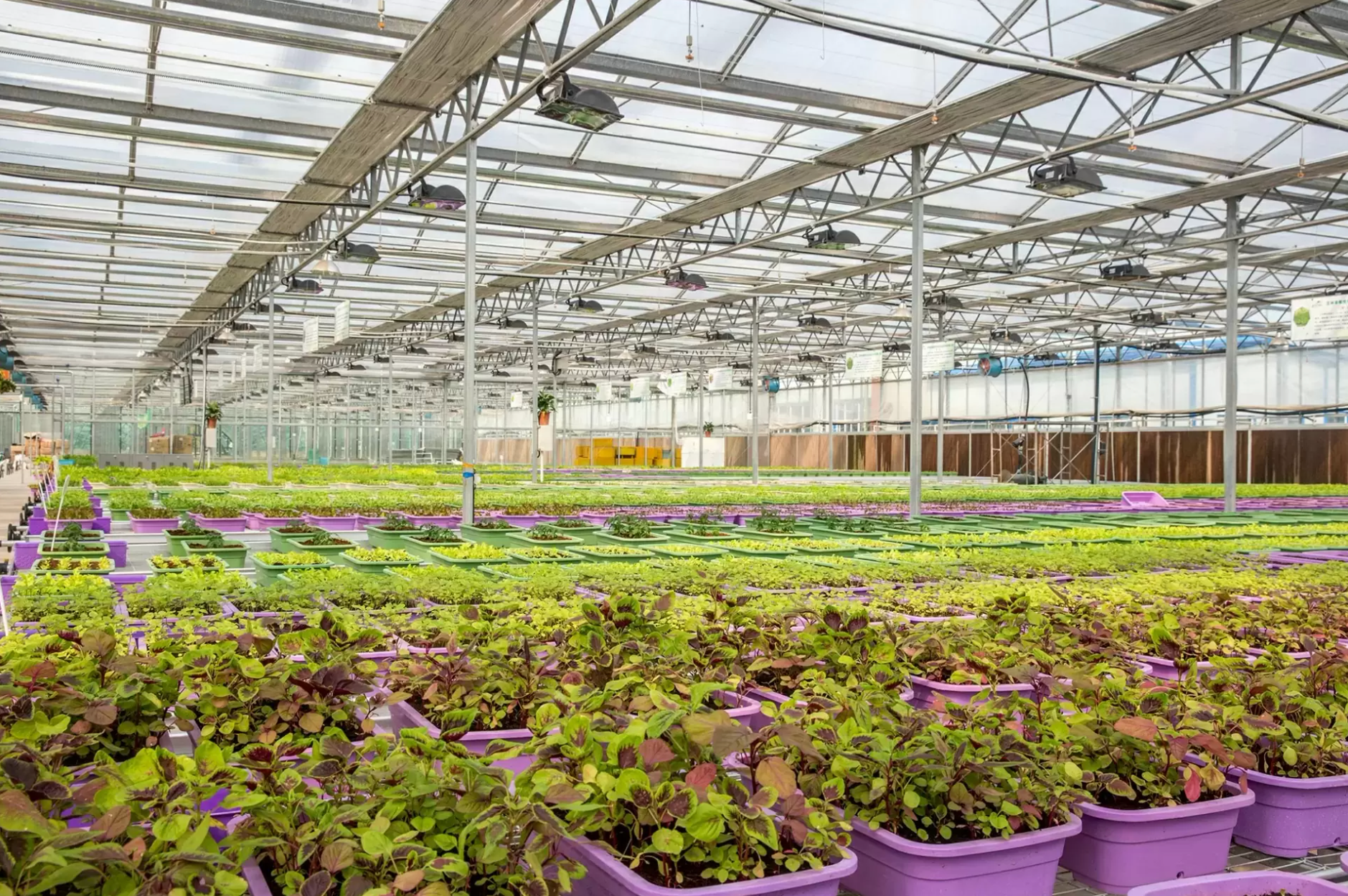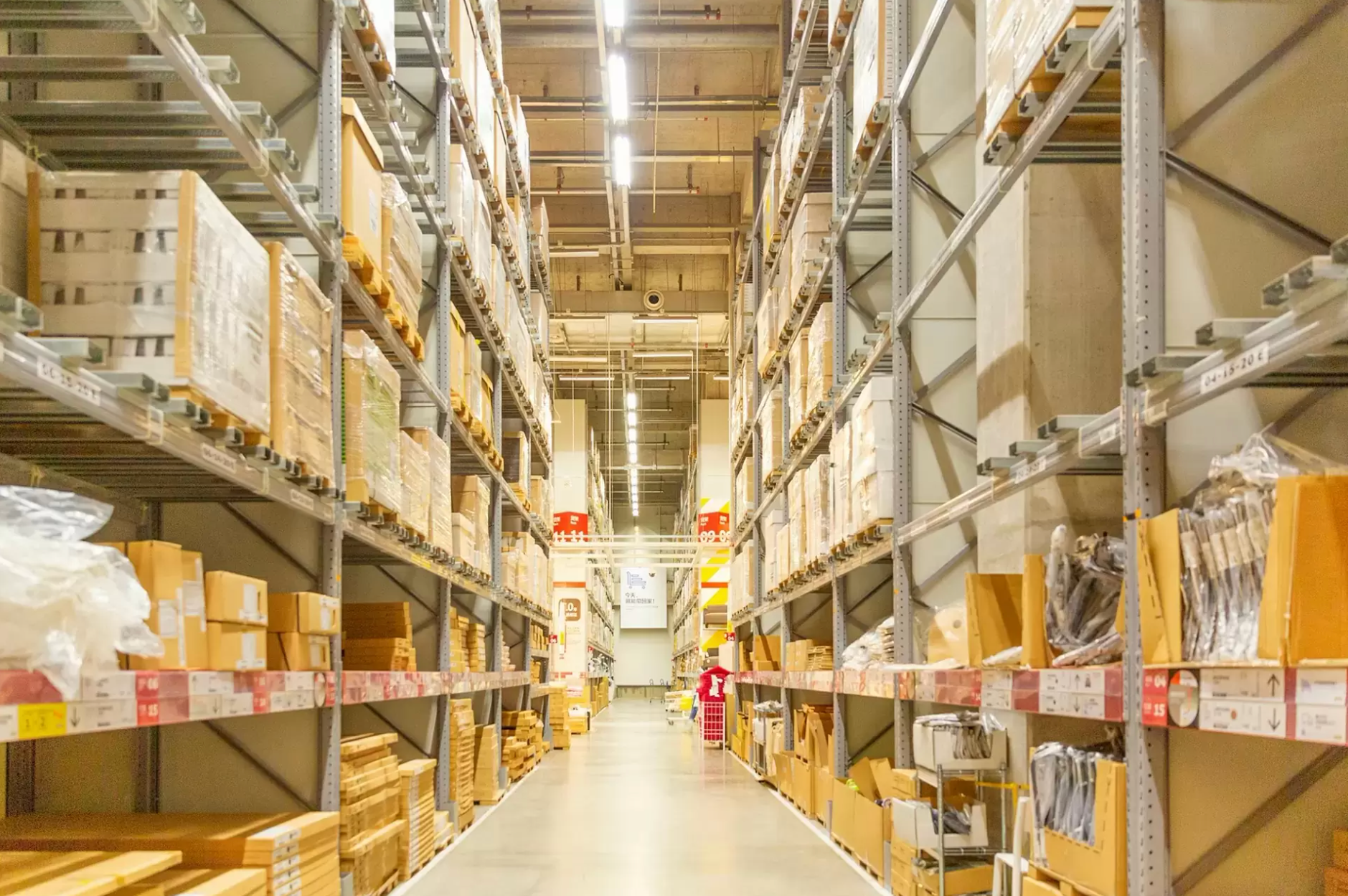LEDs have transformed lighting through high efficiency, enabling energy/cost savings versus traditional sources. LED light efficiency denotes lumens produced per watt consumed. Maximizing efficiency realizes potential savings and reduces operating costs over the years. However, factors can diminish performance/efficiency over time. Understanding influences on LED efficiency and optimizing methods are crucial to sustaining high efficiency for systems’ lifespans. This article discusses major impacting factors and best practices.
Understanding LED Light Efficiency
LED light efficiency refers to the ratio of lumens to watts, representing light output per power consumed. LEDs directly convert electricity to light with minimal wasted heat, exceeding incandescent bulb efficiency. Efficiency depends on semiconductor composition and driver circuits supplying regulated current.
LED drivers provide current within ideal specifications for optimal performance. Drivers maintain stable current despite voltage fluctuations, preventing damage while ensuring consistent light output. Constant current drivers and LED power supply stabilize light without color changes over the LED’s lifetime.
Factors Impacting LED Light Efficiency
Understanding factors influencing LED performance is key to optimizing LED light efficiency over time. These include:
- LED Drivers
Selection impacts efficiency. Improper models may overload/underdrive LEDs, diminish output, and age over time. Matching drivers to LEDs through standards can maximize performance and consistency.
Compliance with efficiency standards featuring innovations maintains stable light output. Adherence to an LED system’s requirements prevents damage while achieving a rated LED light lifespan, sustaining wall plug efficiency.
- Power Supply
Power supply quality influences LED light efficiency. Unstable voltage/power from the power supply causes current fluctuations, generating excess heat and shortening the operational lifetime.
Regulation provides clean, consistent power to avoid premature degradation. Poor power supplies expose LEDs to risks like spikes and brownouts, accelerating aging and reducing maintenance over time.
- Heat Management
Elevated junction temperatures significantly degrade output and lifespan. Effective heat dissipation maintains temperatures and improves efficiency.
Novel solutions further heat transfer to sustain high output. Improved thermal techniques conduct heat from sensitive components.
- Lifespan and Quality
High-quality LEDs minimize light loss rates, preserving LED light efficiency for a long time.
Superior LED products demonstrate minimal lifetime decrease, guaranteeing consistent, high performance and energy savings.
Methods to Improve LED Light Efficiency
Implementing best practices can optimize performance and maximize energy savings throughout an LED system’s operational lifetime. Key improvement methods include:
- Optimal Driver Selection
Consideration of factors like wattage, voltage, dimming, and thermal range matches drivers to applications.
Matching drivers to LED specifications through compliance with standards ensures operation within tolerances for maximum efficiency and lumen maintenance.
- Enhanced Power Supply
Reliable power through high power factor, surge protection, and wide temperature range is crucial. Uninterruptible backups prevent outages affecting LEDs.
The regulation protects LED reliability while fluctuations from unregulated supplies degrade efficiency and shorten life.
- Heat Management Techniques
Strategies like improved heat sinks and phase change materials maintain cool LED temperatures.
Innovations in liquid cooling and jet impingement implement higher power densities without efficiency losses from heat over decades.
- Quality Assurance
Consistently high quality ensures long-term efficiency. Certifications validate output/efficiency claims over 50,000 hours.
Done Power’s LED Driver Solutions Optimize Efficiency
Done Power is an industry leader focused on high-quality, high-power LED drivers. The manufacturer optimizes every stage of production for quality and efficiency through advanced equipment like optical testers, full-function analyzers, and automated assembly.
The brand’s LED driver solutions maximize efficiency by:
- Utilizing constant-current control for stable, consistent light output.
- Featuring wide voltage regulation and constant power design to maintain performance without fluctuations.
- Implementing advanced thermal management with high-performance materials to prevent heat from degrading LEDs over decades of use.
Done Power helps customers realize the full benefits of LED technology through innovative, long-lasting products and excellent after-sales support.
Conclusion
By understanding key factors influencing LED light efficiency and implementing improvement methods, lighting systems can achieve optimal performance and energy savings over the operational lifetime. Driver selection, power delivery, heat dissipation, and component quality strongly impact LED light output and wall plug efficiency. The reputed brand Done Power offers innovative, high-reliability driver solutions to help you maximize the long-term sustainability and cost-effectiveness of your LED lighting investments. Contact Done Power to learn all of its product categories.


